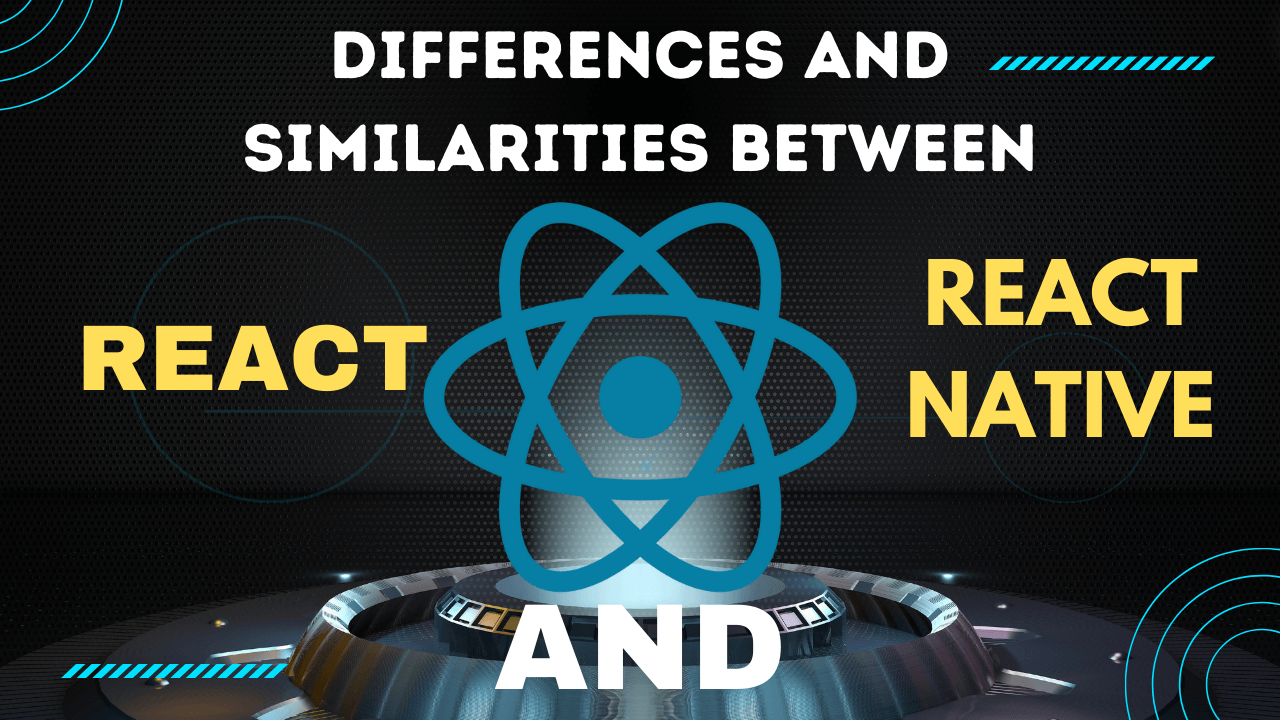In the world of modern web and mobile app development, React and React Native have emerged as powerful tools for building interactive user interfaces. Developed by Facebook, both frameworks share the same underlying principles but cater to different platforms. In this blog post, we’ll delve into the key differences and similarities between React and React Native, and explore when to use each one for your projects.
What is React?
React, also known as React.js or ReactJS, is a JavaScript library for building user interfaces, specifically for web applications. It was created by Facebook and released in 2013. React follows a component-based architecture, where UIs are composed of reusable components. These components manage their own state and can be composed together to build complex user interfaces.
Here’s a simple example of a React component:
import React from 'react';
class Welcome extends React.Component {
render() {
return <h1>Hello, {this.props.name}</h1>;
}
}
export default Welcome;
In this example, we have a ‘Welcome' component that renders a simple greeting message.
What is React Native?
React Native, on the other hand, is a framework for building native mobile applications using JavaScript and React. It was also developed by Facebook and released in 2015. React Native allows developers to write mobile applications that are indistinguishable from apps built using native technologies like Swift (for iOS) or Java/Kotlin (for Android).
Let’s take a look at a basic React Native component:
import React from 'react';
import { Text, View } from 'react-native';
const Greeting = (props) => {
return (
<View>
<Text>Hello, {props.name}!</Text>
</View>
);
}
export default Greeting;
In this React Native example, we have a ‘Greeting‘ component that renders a greeting message, just like the React example.
Differences Between React and React Native
Platform: React is primarily used for building web applications, while React Native is used for building native mobile applications for iOS and Android.
Rendering: React renders components using virtual DOM (Document Object Model), while React Native renders components using native UI components provided by iOS or Android platforms.
Styling: React uses CSS for styling, while React Native uses a subset of CSS along with JavaScript for styling, and provides components that map directly to native UI elements.
APIs: React provides a set of APIs for web development, such as the ‘ReactDOM' for rendering, while React Native provides APIs specific to mobile development, such as ‘View' and ‘Text' for layout and typography.
Similarities Between React and React Native
Component-Based Architecture: Both React and React Native follow a component-based architecture, where UIs are composed of reusable components.
Declarative Syntax: They both use a declarative syntax, allowing developers to describe what the UI should look like, and React updates the UI to match the desired state.
JavaScript: Developers can use JavaScript to write components and logic for both React and React Native applications.
Conclusion
React and React Native are powerful frameworks for building user interfaces, catering to different platforms – web and mobile, respectively. While they share many similarities in terms of component-based architecture and declarative syntax, they differ in terms of platform targeting, rendering, styling, and APIs. Choosing between React and React Native depends on the specific requirements of your project and the platforms you’re targeting. Ultimately, both frameworks enable developers to build high-quality, interactive applications efficiently.
Whether you’re building a web application with React or a mobile app with React Native, mastering these frameworks can open up a world of possibilities for creating engaging user experiences.



